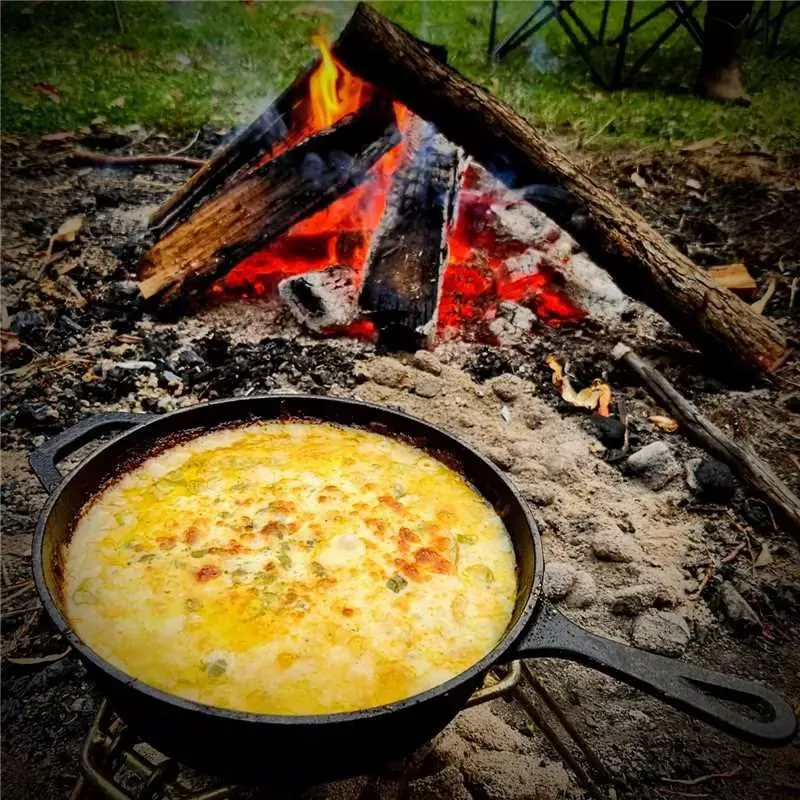
cast iron vs normal iron
Cast Iron vs. Normal Iron Understanding the Differences
When discussing metals and their applications, two terms often come up cast iron and normal iron (often referred to as wrought iron or simply iron). While both materials have their unique properties and uses, they also have distinct differences that should be understood to make informed choices in various applications. This article delves deeper into the characteristics, advantages, and disadvantages of cast iron and normal iron.
Composition and Production
Cast iron is an alloy of iron that contains a higher percentage of carbon, typically between 2% to 4%, along with silicon and other elements. This high carbon content gives cast iron its distinctive properties, such as excellent fluidity, castability, and machinability. The production process of cast iron involves melting iron and adding carbon and silicon before pouring it into molds to create the desired shape. There are different types of cast iron, including grey iron, ductile iron, and white iron, each tailored for specific applications based on their microstructure.
In contrast, normal iron or wrought iron is characterized by a low carbon content, usually less than 0.1%. This composition makes wrought iron malleable and ductile, allowing it to be forged, bent, and shaped without breaking. Wrought iron is typically produced by refining cast iron in a forge or furnace, leading to a material that is both strong and highly workable.
Mechanical Properties
The mechanical properties of cast iron and normal iron differ significantly. Cast iron is known for its high compressive strength, making it perfect for applications that require materials to withstand heavy loads, such as bridges, pipes, and machinery bases. However, cast iron is brittle and can fracture under tensile stress, limiting its use in applications where flexibility is necessary.
On the other hand, normal iron is less strong than cast iron in terms of compressive strength but excels in tensile strengths and ductility. Due to its ability to be shaped and hammered, wrought iron is often used for decorative elements, such as gates, railings, and furniture. It can absorb shocks and resist deformation, making it suitable for applications where movement or stress is a factor.
cast iron vs normal iron

Applications
The applications of cast iron and normal iron vary widely due to their different properties. Cast iron is favored in manufacturing cookware, like skillets and Dutch ovens, due to its excellent heat retention and distribution. Moreover, it finds substantial use in industrial equipment, automotive parts, and plumbing.
Wrought iron, while less commonly used today due to the advent of steel, still has its place in specialized applications. Its aesthetic appeal and resistance to rust make it a popular choice for architectural features, ornamental gates, and historical restoration. Furthermore, wrought iron’s ease of manipulation allows artisans to create intricate designs that are difficult to achieve with other materials.
Advantages and Disadvantages
Each type of iron comes with its own set of advantages and disadvantages. Cast iron benefits from its high resistance to thermal and wear properties and low production costs. However, its brittleness is a significant drawback—once it fractures, repairs can be challenging or impossible.
Normal iron, while highly durable and easy to work with, can be more expensive and less resistant to corrosion than cast iron. Additionally, wrought iron is often heavier than cast iron, which can be a disadvantage depending on the application.
Conclusion
In conclusion, the choice between cast iron and normal iron depends on the specific needs of the project at hand. Cast iron shines in applications requiring durability, heat retention, and high compressive strength, while wrought iron is ideal for decorative and ornamental purposes where flexibility and aesthetic appeal are prioritized. Understanding these distinctions allows for better decision-making in both industrial and artistic contexts, ultimately resulting in more effective and sustainable use of these valuable materials. Whether you are a homeowner looking to purchase cookware or an engineer designing a structural component, knowing the differences between cast iron and normal iron can make a significant difference in your choice of materials.
-
Authentic Traditional Chinese Wok for High-Performance CookingNewsAug.02,2025
-
Season Cast Iron Perfectly with GPT-4 Turbo TipsNewsAug.01,2025
-
High Quality Cast Iron Cookware - Baixiang County Zhongda MachineryNewsAug.01,2025
-
Premium Cast Iron Pan: Durable & Perfect HeatNewsAug.01,2025
-
High Quality Kitchen Durable Black Round Cast Iron Cookware Pancake Crepe Pan-Baixiang County Zhongda Machinery Manufacturing Co., Ltd.NewsAug.01,2025
-
Cast Iron Cookware - Baixiang County Zhongda Machinery | Nonstick, Heat ResistanceNewsAug.01,2025


